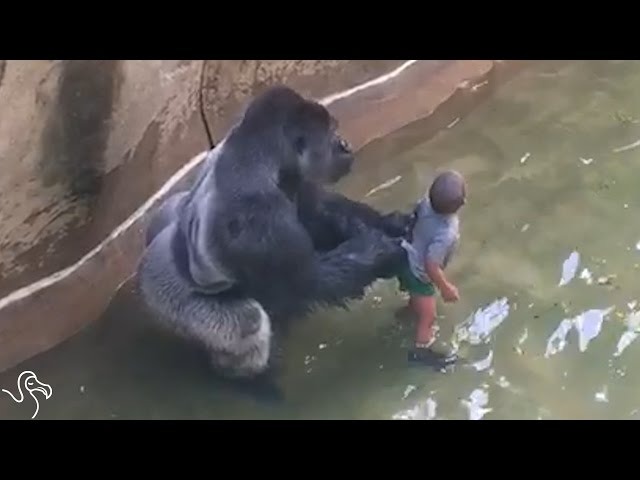The tragic death of Harambe, a 17-year-old gorilla at the Cincinnati Zoo, sparked an emotional and worldwide debate that reached far beyond the zoo’s gates. The incident began when a young child fell into Harambe’s enclosure, prompting zoo officials to make the gut-wrenching decision to shoot and kill the gorilla to protect the boy.
In the aftermath, experts from animal behaviorists to zoo safety professionals weighed in on what may have happened during Harambe’s final moments—and how future tragedies might be avoided.
Some animal behaviorists believe Harambe’s actions weren’t aggressive. According to them, gorillas are often gentle and nurturing, especially toward younger members of their troop, and Harambe may have been trying to protect the child. Others, however, argue that even if his intentions weren’t harmful, his immense strength made the situation too dangerous to risk.
The incident reignited a broader conversation about the role of zoos in modern society. Critics argue that keeping large, intelligent animals like gorillas in captivity is inhumane and inherently risky. They call for more natural, sanctuary-like environments. On the other hand, zoo advocates point to the essential role these institutions play in species conservation, research, and public education.

Harambe’s death also put a spotlight on zoo safety protocols. In response, zoos across the U.S. and around the world have reviewed and reinforced their enclosures, emergency response plans, and visitor guidelines. Experts stress the importance of staff training, stronger barriers, and public awareness to reduce the chances of future incidents.
Harambe’s story remains a powerful reminder of the fragile line between humans and the wild—especially in spaces where both intersect. While opinions may differ on what should have happened that day, one thing is clear: we must continue to evolve how we care for, protect, and respect the animals in our stewardship.





